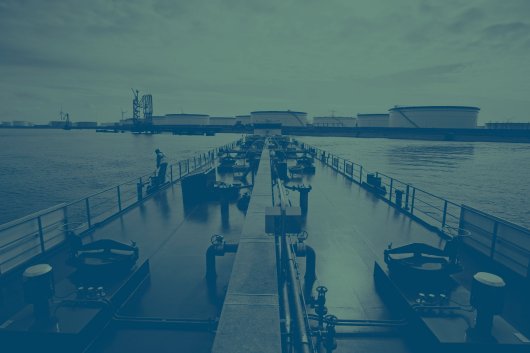Wartsila awarded Weidong Ferry scrubber contract
Ro-pax ferry to be supplied with two open-loop V-SOx scrubbers.
Wartsila has been contracted to supply its exhaust gas cleaning system to a new ferry being built for Weidong Ferry at the Hyundai Mipo Dockyard.
It is the first Wartsila scrubber system to be installed where the shipyard, the owners, and the vessel's operational area are all in South Korea.
In the agreement, Wartsila has been contracted to supply a system consisting of two 13 megawatt (MW) open-loop V-SOx scrubbers, specifically optimised for the new vessel. Delivery of the Wartsila equipment is scheduled for July of this year.
"This is an important order since it strengthens our visibility in the Asian market. Exhaust gas cleaning is something that ship owners and operators around the world are having to take very seriously, since the IMO's global cap on the sulphur content in marine fuel comes into effect in 2020, which is really rather soon. Wartsila has tremendous experience and a broad range of systems to help our customers comply with these regulations," remarked Sigurd Jenssen, Director, Exhaust Gas Cleaning, Wartsila Marine Solutions.
"We value Wartsila's experience and expertise in this field. We also appreciate their ability to deliver the systems on a fast-track basis," commented Ki-Hyeon Hong, Vice President, Weidong Ferry.
The 31,000-gross-tonnage (grt) ro-pax ferry is to be operated by Weidong Ferry and sail between South Korea and China.
It is the first Wartsila scrubber system to be installed where the shipyard, the owners, and the vessel's operational area are all in South Korea.
In the agreement, Wartsila has been contracted to supply a system consisting of two 13 megawatt (MW) open-loop V-SOx scrubbers, specifically optimised for the new vessel. Delivery of the Wartsila equipment is scheduled for July of this year.
"This is an important order since it strengthens our visibility in the Asian market. Exhaust gas cleaning is something that ship owners and operators around the world are having to take very seriously, since the IMO's global cap on the sulphur content in marine fuel comes into effect in 2020, which is really rather soon. Wartsila has tremendous experience and a broad range of systems to help our customers comply with these regulations," remarked Sigurd Jenssen, Director, Exhaust Gas Cleaning, Wartsila Marine Solutions.
"We value Wartsila's experience and expertise in this field. We also appreciate their ability to deliver the systems on a fast-track basis," commented Ki-Hyeon Hong, Vice President, Weidong Ferry.
The 31,000-gross-tonnage (grt) ro-pax ferry is to be operated by Weidong Ferry and sail between South Korea and China.
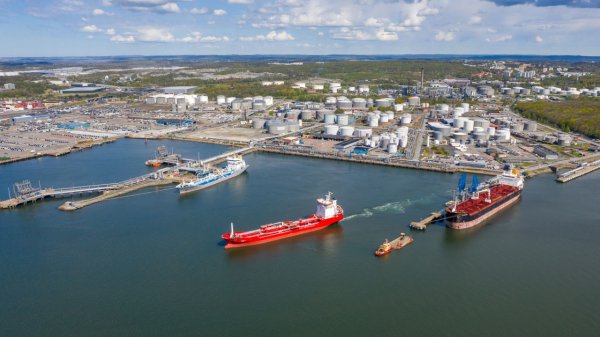
|
Swedish biomethane bunkered in Gothenburg
Test delivery performed by St1 and St1 Biokraft, who aim to become large-scale suppliers. |
|
|
|
||
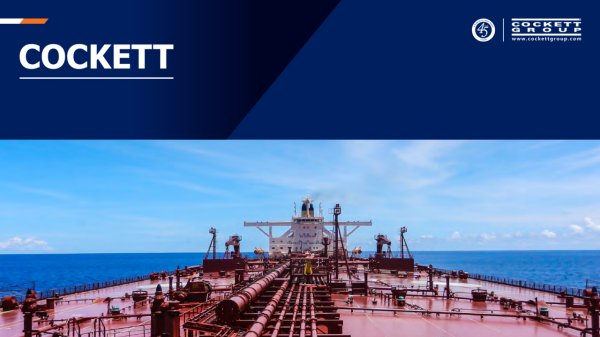
|
Cockett to be closed down after 45 years
End of an era as shareholders make decision based on 'non-core nature' of Cockett's business. |
|
|
|
||
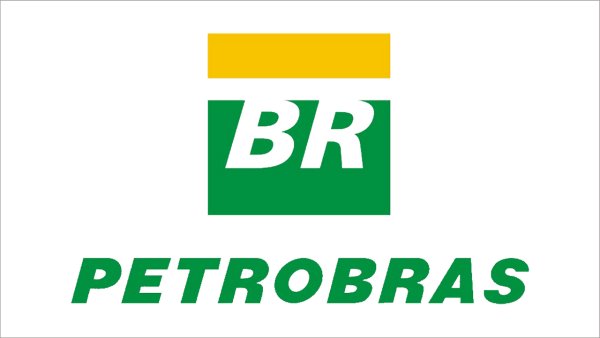
|
Petrobras confirms prompt availability of VLS B24 at Rio Grande
Lead time for barge deliveries currently five days. |
|
|
|
||
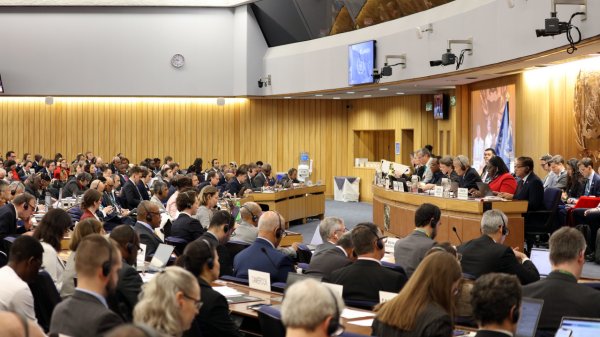
|
IMO approves pricing mechanism based on GHG intensity thresholds
Charges to be levied on ships that do not meet yearly GHG fuel intensity reduction targets. |
|
|
|
||
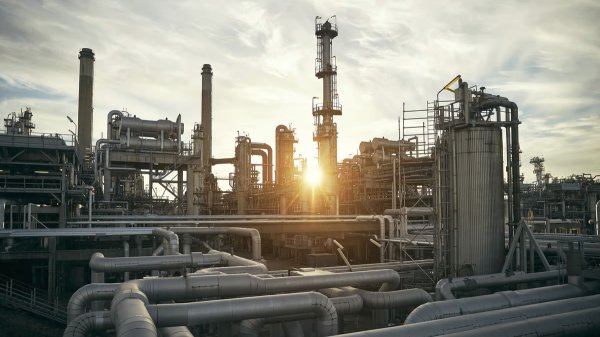
|
VARO Energy expands renewable portfolio with Preem acquisition
All-cash transaction expected to complete in the latter half of 2025. |
|
|
|
||
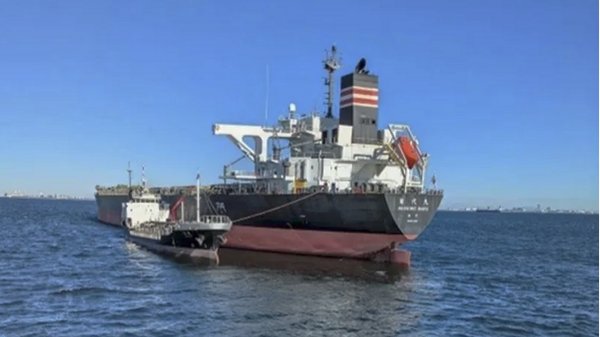
|
NYK trials biofuel in milestone coal carrier test
Vessel is used to test biofuel for domestic utility company. |
|
|
|
||
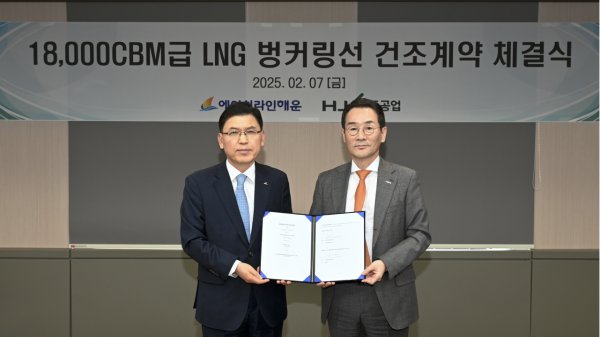
|
H-Line Shipping orders LNG bunkering vessel
Vessel with 18,000-cbm capacity to run on both LNG and MDO. |
|
|
|
||
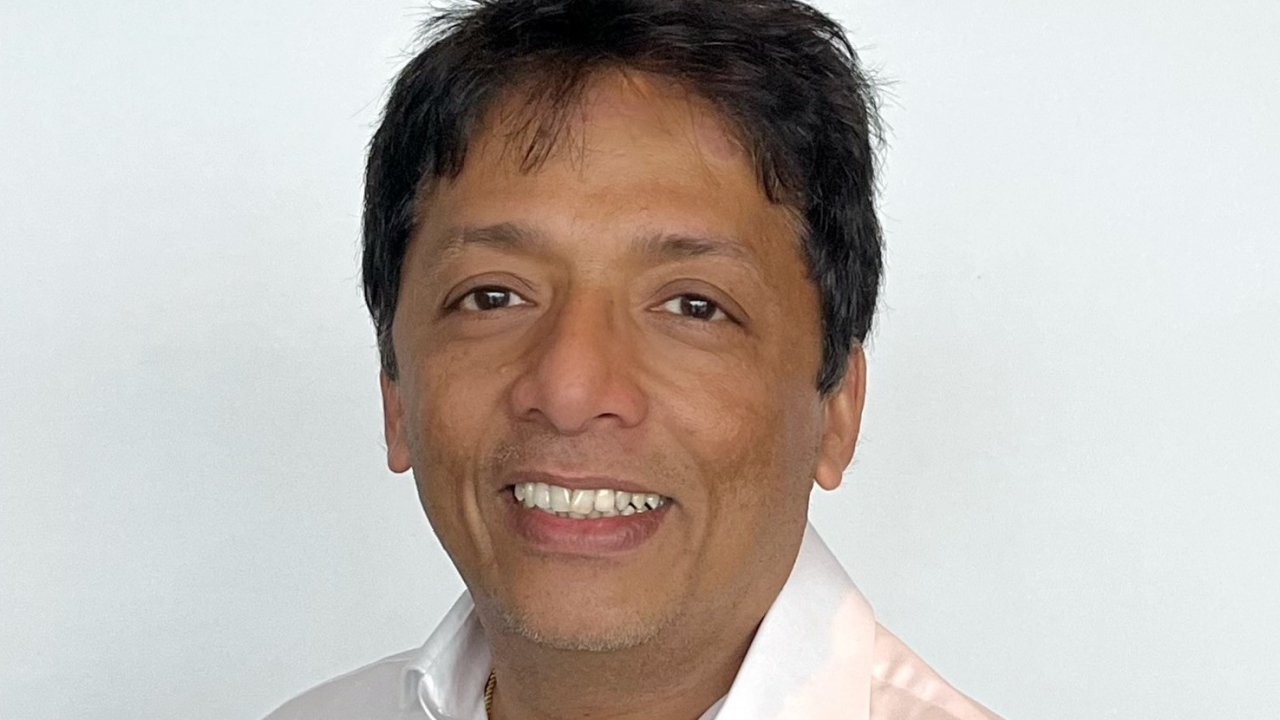
|
How to engineer and manage green shipping fuels | Stanley George, VPS
Effective management strategies and insights for evolving fuel use. |
|
|
|
||
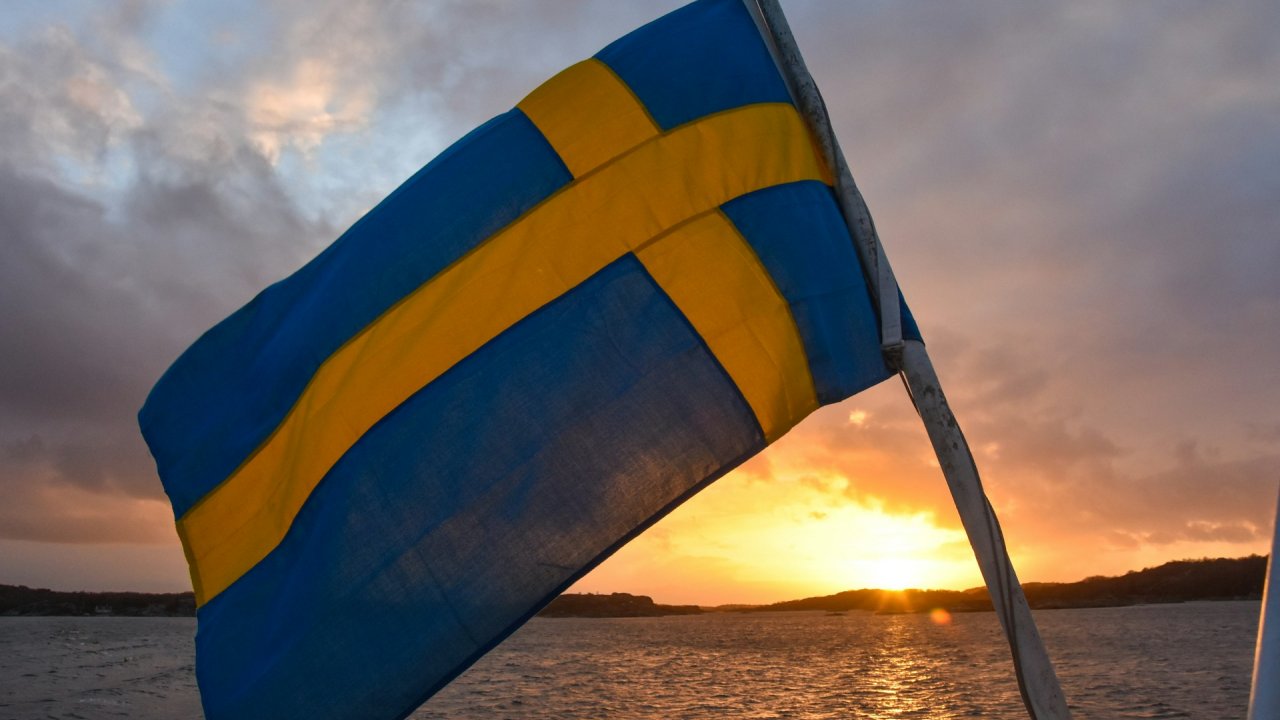
|
Swedish government bans scrubber wastewater discharges
Discharges from open-loop scrubbers to be prohibited in Swedish waters from July 2025. |
|
|
|
||
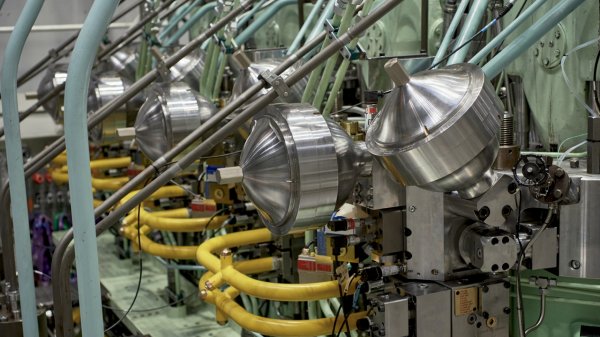
|
MAN Energy Solutions achieves 100% load milestone for ammonia engine
Latest tests validate fuel injection system throughout the entire load curve. |
|
|
|
||
Related Links
- · LiqTech wins $399k order for scrubber water treatment system [Insights]
- · Scorpio Bulkers COO voices scrubber, bunker price concerns [Insights]
- · Yara Marine wins contract to supply two ro-ro ships with scrubbers [Insights]
- · Finnlines inks PureSOx scrubber performance agreement [Insights]
- · Saga Cruises awards hybrid scrubber contract [Insights]
- · Republic of Korea [Directory]

